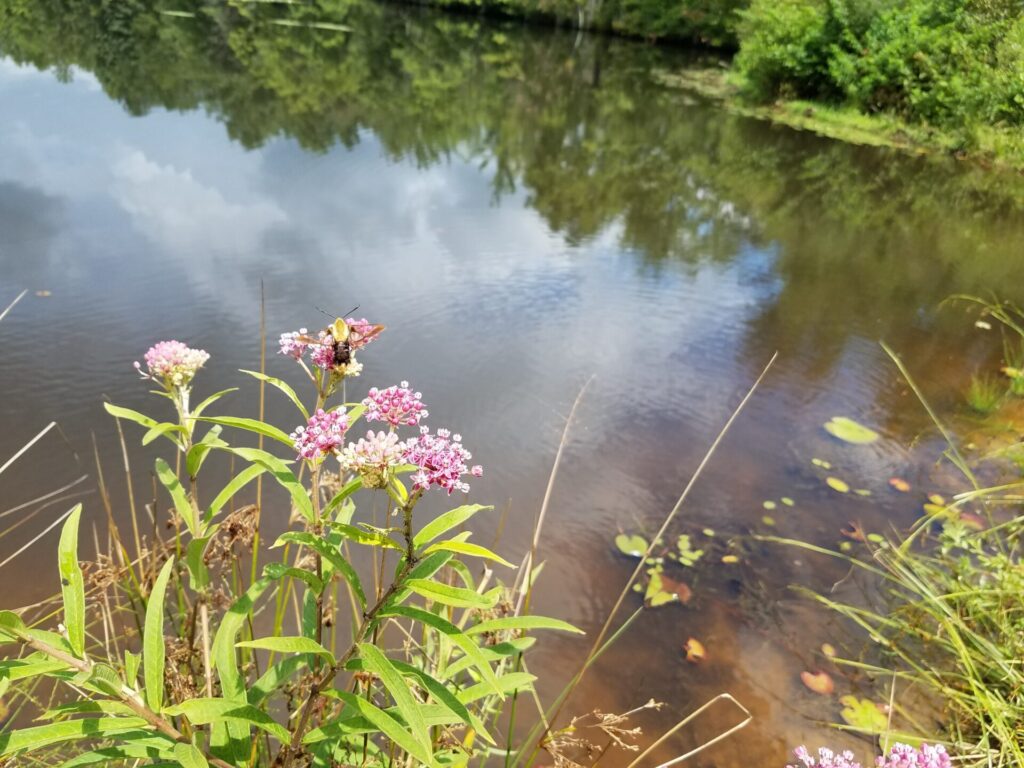By John Isenhour
Unless you are in the legal field, a legislator or a law enforcement officer, you probably do not commit general statutes to memory. Some laws only impact a few citizens due to a narrow scope; to some extent this was the case with G.S. 105-277.15. However, if you own at least 20 acres of property in North Carolina and want to manage your acreage primarily for wildlife habitat enhancement, you may want to become more familiar with this particular law. This general statute established the Wildlife Conservation Land Program (WCLP), which designated “wildlife conservation land” as a special class of property that must be assessed at a reduced value.
Prior to the WCLP, landowners only had the Present Use Value Program (PUV) available to them as a resource to lower their annual property tax assessment. This very popular program requires lands to be managed for commercial production of agriculture, horticulture, or forestry products. There had been little option for landowners who wanted to manage their property primarily for native ecosystems and diverse wildlife habitat.
Protections for native plant habitats
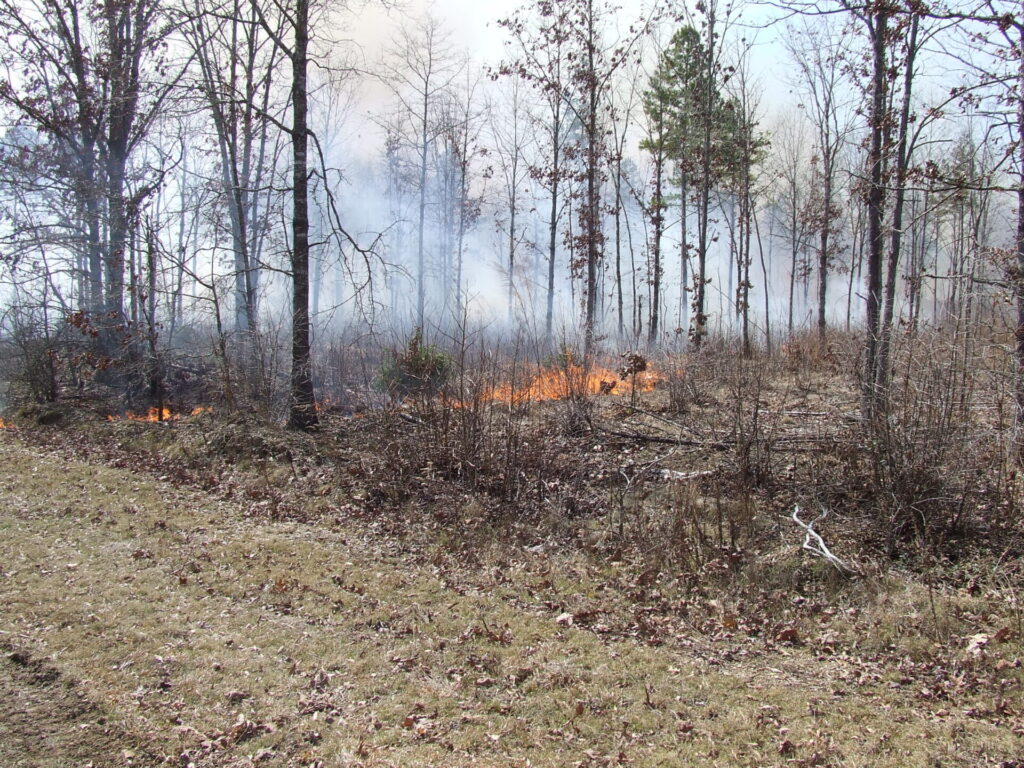
The initial 2008 legislation targeted property occupied by a wildlife species designated as endangered, threatened, or special concern by the North Carolina Wildlife Resources Commission (NCWRC), or managed to conserve six priority wildlife habitats types identified in the WIldlife Action Plan. Other program eligibility criteria included a minimum of 20 acres contiguous qualifying habitats, a maximum of 100 acres enrolled per landowner per county, and a requirement the land be managed under a Wildlife Habitat Conservation Agreement with NCWRC. These narrow criteria resulted in 6,953 acres enrolled in WCLP statewide from January 2010 until January 2019. Most of these acres conserved critical habitat types such as riparian buffers, small wetlands, and rock outcroppings. While the program was available to landowners across the state, lands west of Interstate 77 made up the largest portion of enrollment.
So, you may ask, “I enjoy wildlife on my property and manage to improve my property for our wildlife resources, but I do not have a qualifying species or habitat type on my property. Can I enroll in WCLP?” Well, until June 25, 2018 the answer would have been “Sorry, we can only enroll acreage that has a qualifying species or habitat type.” However, on that date the governor signed House Bill 320, which revised G.S. 105-277.15 to include a third qualifying land type, “Wildlife Reserve Land.”
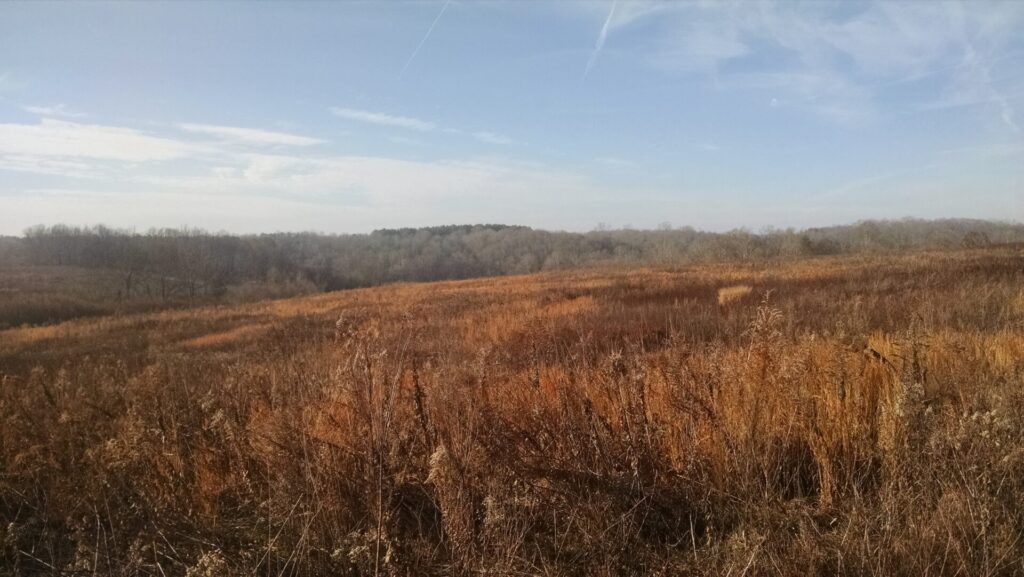
Land that qualifies for the WCLP under this newest criterion is actively and regularly used as a reserve for hunting, fishing, shooting, wildlife observation, or wildlife activities; upon which wildlife management activities are conducted to ensure the propagation of a sustaining breeding, migrating, or wintering population of indigenous wild animals.
Current details
The following are some items to consider if you are interested in the NC Wildlife Conservation Land Program as an option for your property.
- A Wildlife Habitat Conservation Agreement with the NC Wildlife Resources Commission is required to enroll in the Wildlife Conservation Land Program.
- The land must be owned by an individual, a family business entity, family trust, or tenants in common.
- In most instances, the property must be owned by the applicant for at least 4 years. There are exemptions for new owners of property previously enrolled in WCLP as well as land transferred within a family unit, family trust, or family business.
- The minimum acreage for the WCLP enrollment is 20 acres of contiguous habitat.
- To qualify under the WCLP “criterion 1,” one or more protected wildlife species must live on the land and the landowner must agree to manage the property to protect the species.
- To qualify under the WCLP “criterion 2,” the landowner must conserve one or more qualifying priority wildlife habitats: Longleaf Pine forest, early successional habitat, small wetland community, stream and riparian zone, rock outcrop, and bat cave.
- To meet the WCLP requirements for “criterion 3,” the property must be used for hunting, fishing, shooting, wildlife observation, or other wildlife activities. In addition, landowner must agree to follow a Wildlife Habitat Conservation Agreement (WHCA) that includes at least three of the seven qualifying management activities: Supplemental Food, Supplemental Water, Supplemental Shelter, Predator Control, Habitat Control, Erosion Control, and Census of Animal Populations.
Before you enroll
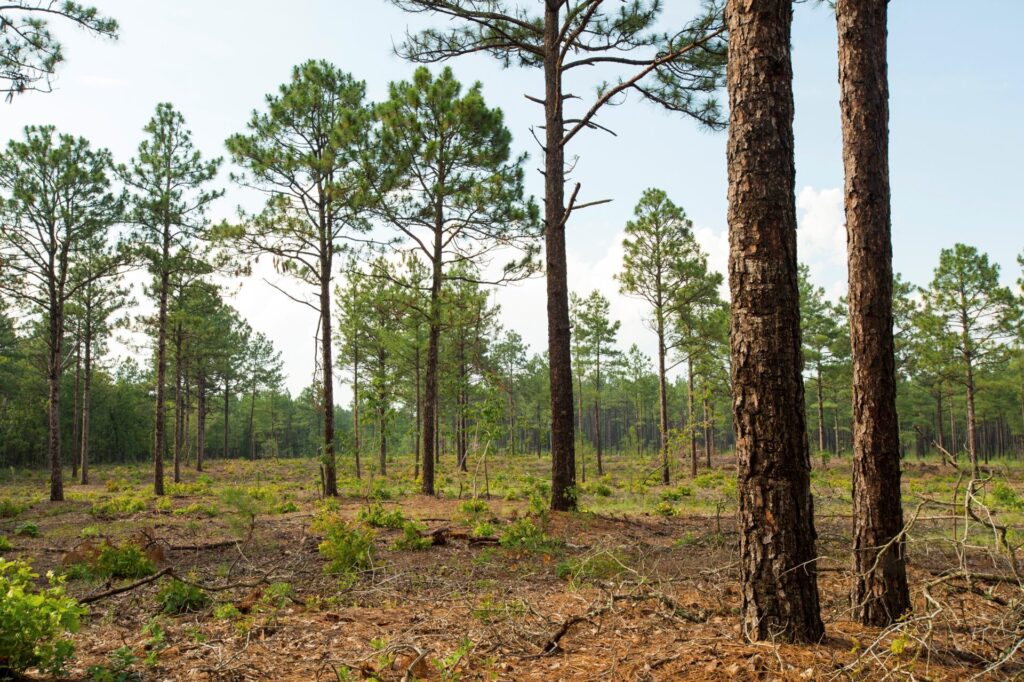
The expansion of the WCLP through the 2018 revised of G.S. 105-277.15, and a subsequent legislative change in 2021, made property tax deferment for wildlife available to many more North Carolina landowners. If the Present Use Value Program that defers property taxes for forestry, agriculture, and horticulture production lands does not fit your wildlife and ecosystem-oriented objectives for your property, consider the expanded WCLP. But, make sure you know the ins and outs before you enroll. Active management will be required as well as some basic record keeping. If you are found out of compliance with the WHCA, just like with the PUV Programs, there is a penalty based on 3 years back taxes and an interest penalty. In addition to working with private landowners, the NC Wildlife Resources Commission works with North Carolina’s counties, towns, and cities. It offers a Green Growth Toolbox on Wildlife & Natural Resource Stewardship in Planning that provides guidance to make developments more wildlife friendly.
By John Isenhour
Native Plant News – Spring 2023
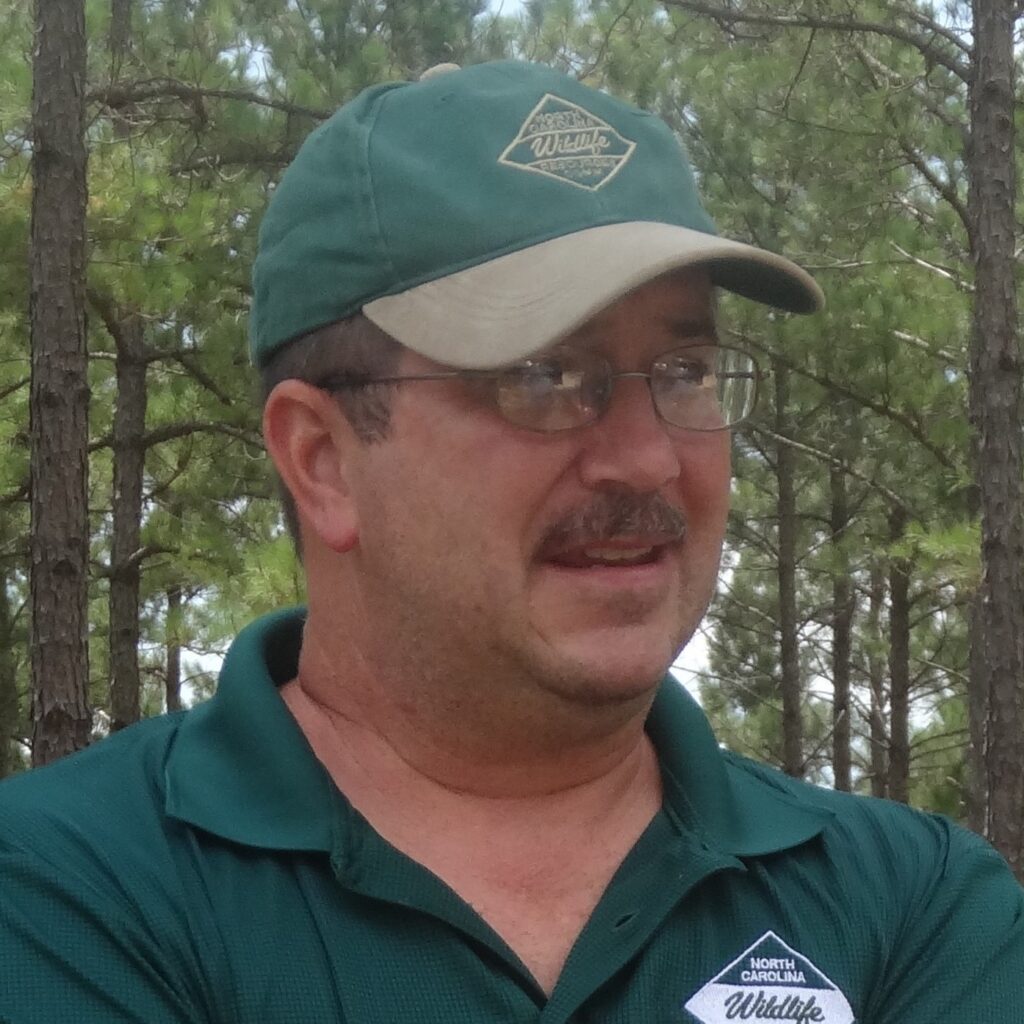
John Isenhour, Wildlife Habitat Coordinator with the North Carolina Wildlife Resources Commission, has worked with hundreds of private landowners to incorporate habitat enhancement for Species of Greatest Conservation Need into their goals and management objectives for their property.
Editor’s Note: For an expanded perspective on the subject of interaction diversity, see Lisa Lofland Gould’s “Chlorofiends: The Whole Is Bigger Than The Sum Of Its Parts,” Spring 2023 Native Plant News.
